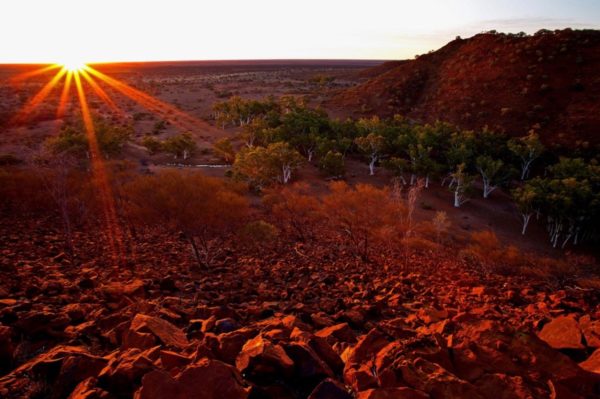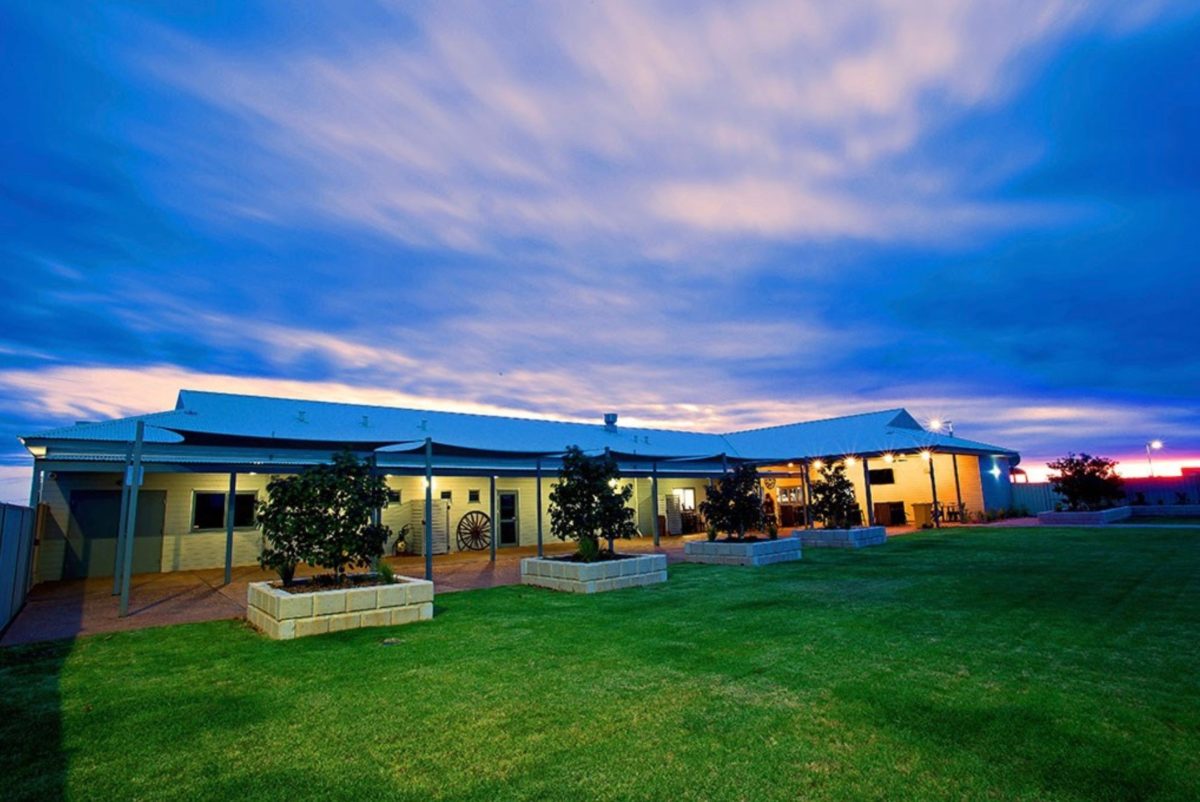In Outback Western Australia, two rivers meet in the sun at a place called Gascoyne Junction. Until yesterday, the town was best known for being the least religious spot on the continent, 66.5% of its population having stated they had no religion in the 2016 Census. But today the town has something to believe in – saving on their electricity bill – after the State Government announced plans to provide the Gascoyne Junction Tourist Park $152,500 to upgrade its solar system.
Before it was called Gascoyne Junction, the town was called Killili, a name chosen at the Surveyor General’s request for a local indigenous name. However, the name fell into disuse, perhaps because the English settlers thought a name with so many Ls sounded a bit Welsh.
Gascoyne Junction is a gateway to the Mount Augustus National Park, home to Mount Augustus, or Burringurrah as the Wadjari call the big rock more than double the size of Uluru which gives the Park its name. However, unlike Uluru, Burringurrah (Mount Augustus) is not a monolith but a monocline, this may not seem like much of a difference but in geological circles it spurs the kind of debate which can only be measured in geological time.

Image: Gascoyne Junction Tourist Park
Because tourism to the Gascoyne region was on the increase, the previous State Government helped fund the establishment of the Gascoyne Junction Tourist Park, constructed in 2014. However, the Park has been struggling to pay its bills. Thankfully, the State Government along with the regional Shire of Upper Gascoyne, are each committing approximately $150,000 toward a 50 kW AC solar array consisting of 240 panels.
The 50 kW solar system should cover at least 50% of the Park’s total energy needs, an enormous relief of approximately $35,000 annually. “This small community has endured difficult years,” said Regional Development Minister Alannah MacTiernan, “seeing drought then three floods, then collapse of tourist trade due to Covid-19. Significantly reduced operating energy costs will work to improve the ongoing financial sustainability of the Gascoyne Junction Tourist Park and create a strong platform for local economic recovery.”
The tourism industry across Australia is suffering at the gloved hands of Covid-19, and considering tourism in Australia is largely dependent on the sun anyway, it’s rather wonderful that the industry can depend on the sun even when times are tough. Of course, when costs are high and income dry, few can afford to outlay the installation of solar. A much wider program to aid commercial solar installation around Australia is a surefire way of freeing up the stress upon industries like tourism in order for the most flexible of economic recoveries.
The Federal Government’s $17.6 billion “Economic Response to the Coronavirus” does include tax deduction incentives for commercial and industrial (C&I) solar, but future tax deductions are little help to industries on their knees, industries that need savings now.
The Western Australian State Government says that it is stepping in to “assist this project in becoming financially sustainable for the long-term, after it became clear the originally Royalties for Regions-funded project imposed a cost burden that the local Shire could not sustain.”
Solar is a monolithic single stone solution that skips across the heads of multiple birds as if skipping across the Gascoyne River. Solar pays for itself, helps the environment, and provides long-term financial relief; if there is such a thing as an economic response to 2020, that’s it.
This content is protected by copyright and may not be reused. If you want to cooperate with us and would like to reuse some of our content, please contact: editors@pv-magazine.com.









1 comment
By submitting this form you agree to pv magazine using your data for the purposes of publishing your comment.
Your personal data will only be disclosed or otherwise transmitted to third parties for the purposes of spam filtering or if this is necessary for technical maintenance of the website. Any other transfer to third parties will not take place unless this is justified on the basis of applicable data protection regulations or if pv magazine is legally obliged to do so.
You may revoke this consent at any time with effect for the future, in which case your personal data will be deleted immediately. Otherwise, your data will be deleted if pv magazine has processed your request or the purpose of data storage is fulfilled.
Further information on data privacy can be found in our Data Protection Policy.